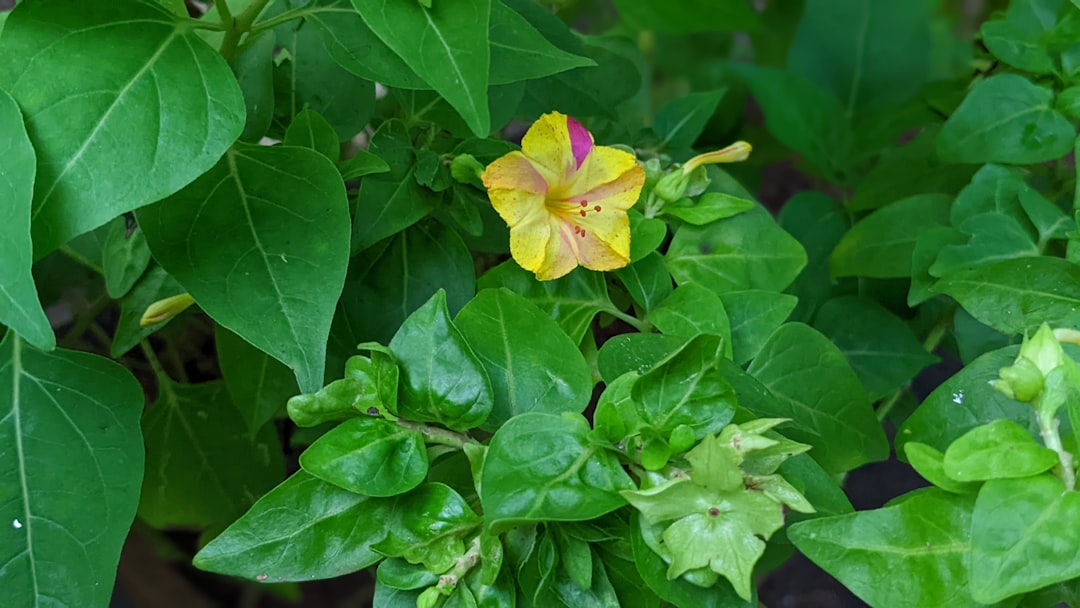The Enchanting Allure of Swan River Daisies in Your Garden

Annual flowers bring a burst of color and vitality to any garden, and among them, swan river daisies stand out as a true gem. These charming flowers, with their soft foliage and dainty blossoms, have the power to transform an ordinary garden into a vibrant oasis.
Let's start by understanding what makes swan river daisies so special. Their delicate petals come in a range of hues, from soft blues and purples to pure whites. The contrast between the colorful petals and the lush, green foliage creates a visually stunning display that is hard to resist. Whether you have a small balcony garden or a large backyard, swan river daisies can be a perfect addition.
One of the great things about swan river daisies is their relatively easy cultivation. They are well - suited for beginners in gardening. First, you need to choose the right location. These flowers thrive in full sun, so find a spot in your garden that gets at least six hours of direct sunlight each day. However, they can also tolerate partial shade, which gives you some flexibility in your garden layout.
When it comes to soil, swan river daisies prefer well - drained soil. You can improve the drainage of your soil by adding some organic matter, such as compost or peat moss. This will not only help with drainage but also provide essential nutrients for the plants. Before planting, loosen the soil to a depth of about 6 - 8 inches to allow the roots to grow freely.
Now, let's talk about planting. You can start swan river daisies from seeds. Sow the seeds directly into the soil after the last frost date in your area. Sprinkle the seeds lightly on the soil surface and then cover them with a thin layer of soil, about 1/8 inch deep. Keep the soil moist but not waterlogged. Germination usually takes about 7 - 14 days.
Once the seedlings have emerged, thin them out so that they are spaced about 6 - 12 inches apart. This will give each plant enough room to grow and develop. Water the plants regularly, especially during dry spells. However, be careful not to over - water, as this can lead to root rot.
Fertilizing is also an important aspect of growing swan river daisies. You can use a balanced, all - purpose fertilizer every 4 - 6 weeks during the growing season. This will help the plants produce more flowers and keep them healthy. Follow the instructions on the fertilizer package for the correct application rate.
As the swan river daisies start to bloom, you'll be rewarded with a profusion of beautiful flowers. Deadheading, or removing the spent flowers, is a good practice. This not only keeps the plants looking tidy but also encourages more blooming. Simply pinch off the faded flowers at the base of the stem.
Another benefit of swan river daisies is that they are attractive to pollinators. Bees and butterflies are often drawn to their colorful blossoms, which helps to support the local ecosystem. Having these pollinators in your garden can also benefit other plants, as they help with the pollination process.
In addition to their beauty in the garden, swan river daisies can also be used in cut flower arrangements. Their long stems and delicate flowers make them a lovely addition to a vase. You can create your own colorful bouquet right from your garden.
Overall, learning to grow swan river daisies is a rewarding experience. They offer a combination of beauty, ease of cultivation, and ecological benefits. So, if you're looking to add some color and charm to your garden this year, consider giving swan river daisies a try. With a little care and attention, you'll be able to enjoy their lovely blossoms all season long.